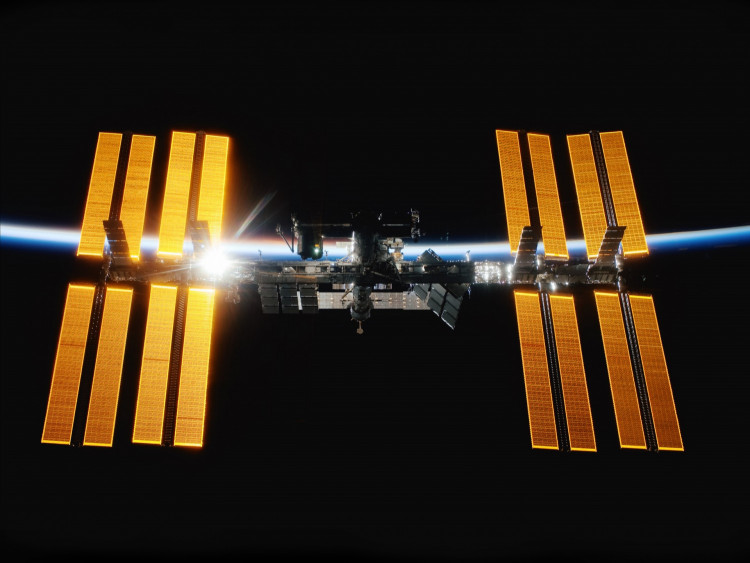NASA said it plans to keep the International Space Station operational until 2030, after which it intends to decommission it and crash it into a remote section of the Pacific Ocean known as Point Nemo.
The space lab, which was launched in 2000, has orbited 227 nautical miles above Earth, with more than 200 astronauts from 19 different countries spending time aboard - representing a continuous human presence in space.
NASA stated that commercially managed space platforms would take the role of the ISS as a venue for collaboration and scientific research.
"The private sector is technically and financially capable of developing and operating commercial low-Earth orbit destinations, with NASA's assistance," Phil McAlister, director of commercial space at NASA Headquarters, said in a statement.
"We look forward to sharing our lessons learned and operations experience with the private sector to help them develop safe, reliable, and cost-effective destinations in space."
The plan, according to NASA's International Space Station Transition Report, was for the ISS to crash into the South Pacific Oceanic Uninhabited Area, also known as Point Nemo. The report said the deorbit would occur in January 2031, based on the budget projection.
Point Nemo is the farthest point in the ocean from land, and has been a watery grave for many other spacecraft. It was named after the submarine sailor in Jules Verne's novel "Twenty Thousand Leagues Under the Sea."
The location is around 3,000 miles off the eastern coast of New Zealand and 2,000 miles north of Antarctica, and it is estimated that space-faring nations such as the U.S., Russia, Japan, and European countries have sunk more than 263 pieces of space junk there since 1971.
According to the report, the ISS would conduct thrusting maneuvers to achieve "safe atmospheric entry."
President Joe Biden and Vice President Kamala Harris' efforts aided in extending its support for the ISS, cooperating with NASA on the spacecraft. The plan also considers the ISS's final years and its transition to the forthcoming low-Earth orbit ship that will shortly replace it as the worldwide neutral space ground for astronauts.
It will also be a hub for international travel and, in the near future, a filming location.
In 1998, NASA and other companies put the ISS to work, and by the year 2000, it had its first residents, who will stay for a half-year or less. Since then, multiple groups of astronauts have flocked to the space station to carry out various missions and operations that will only be carried out there.
The space station has a 15-year life span, which it has already exceeded, and will double by 2030, before being decommissioned.



